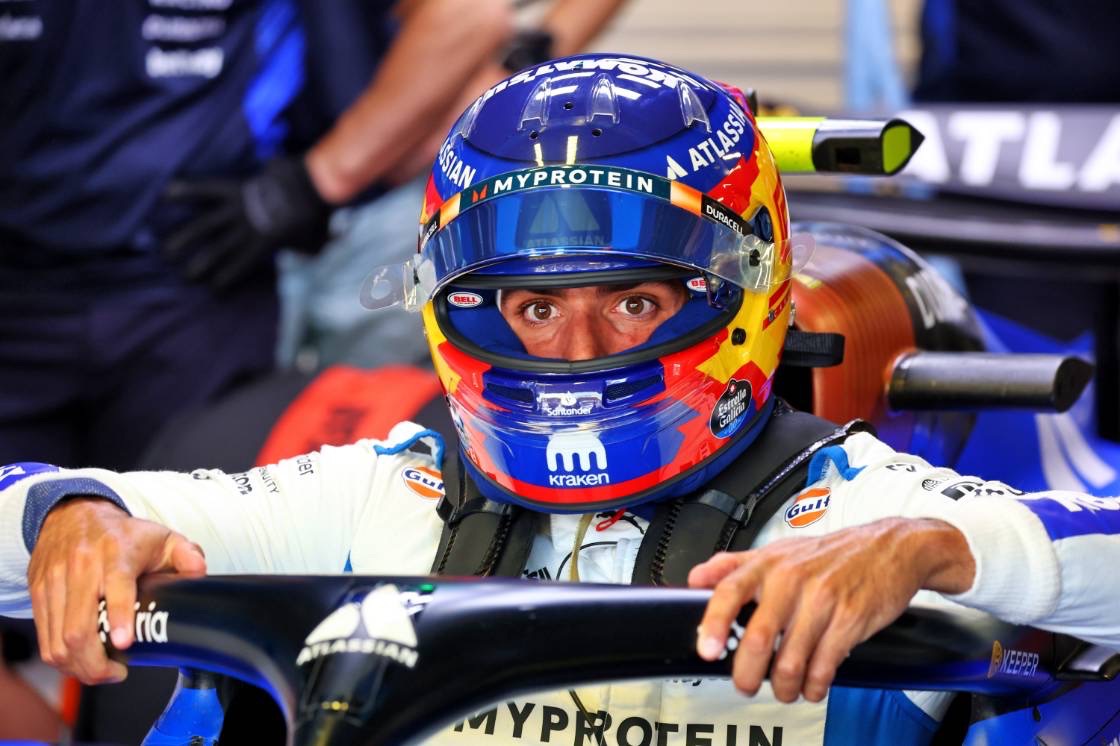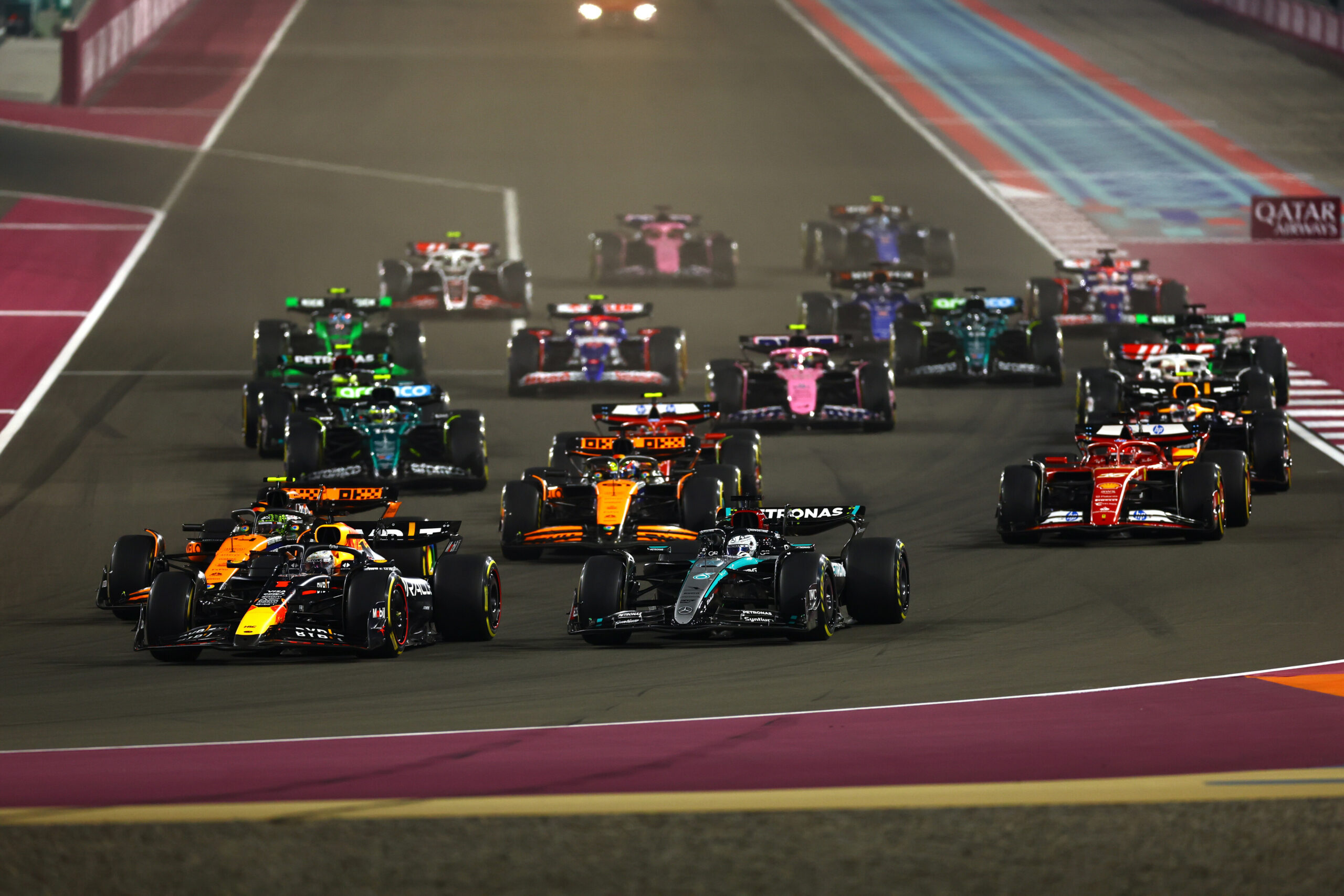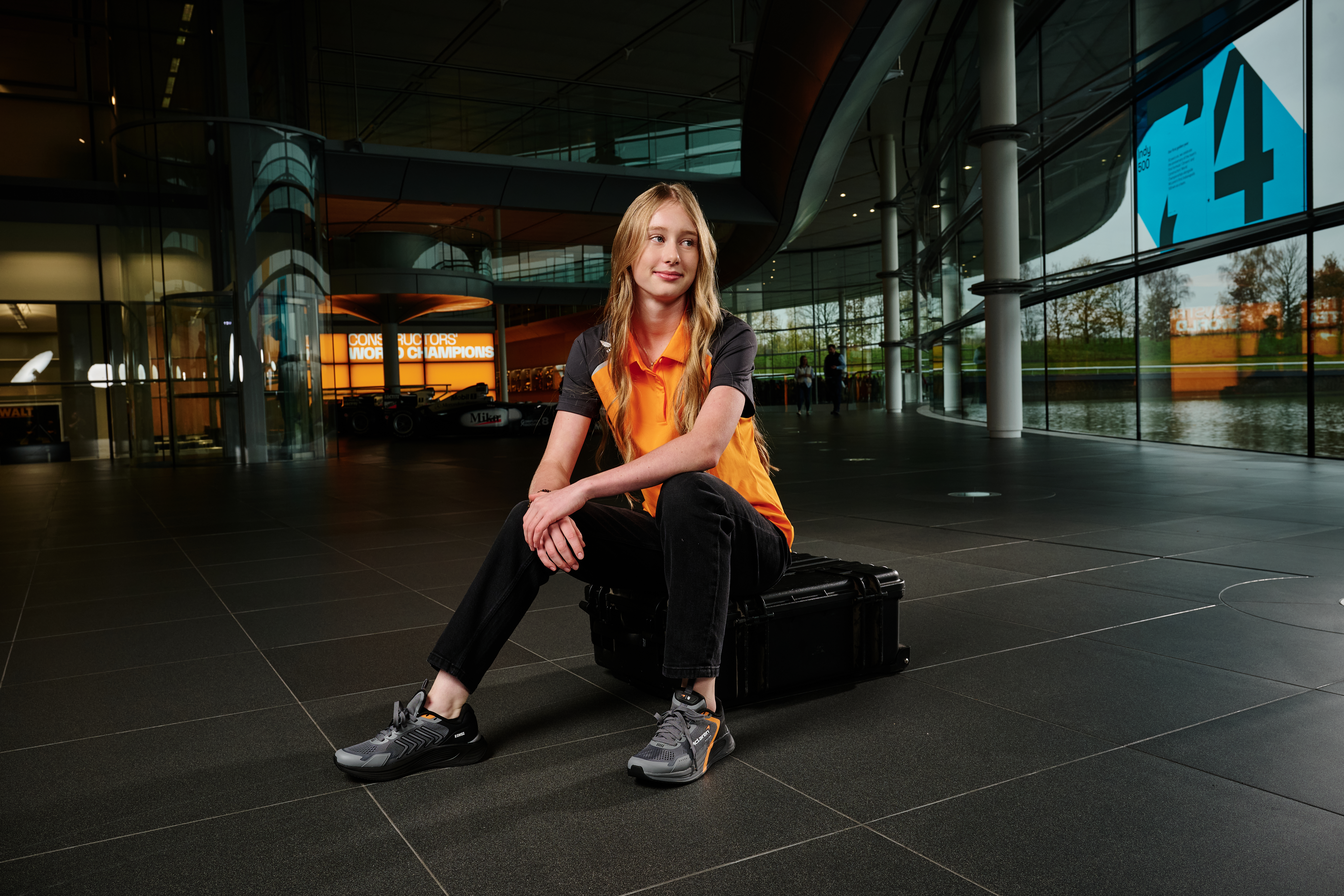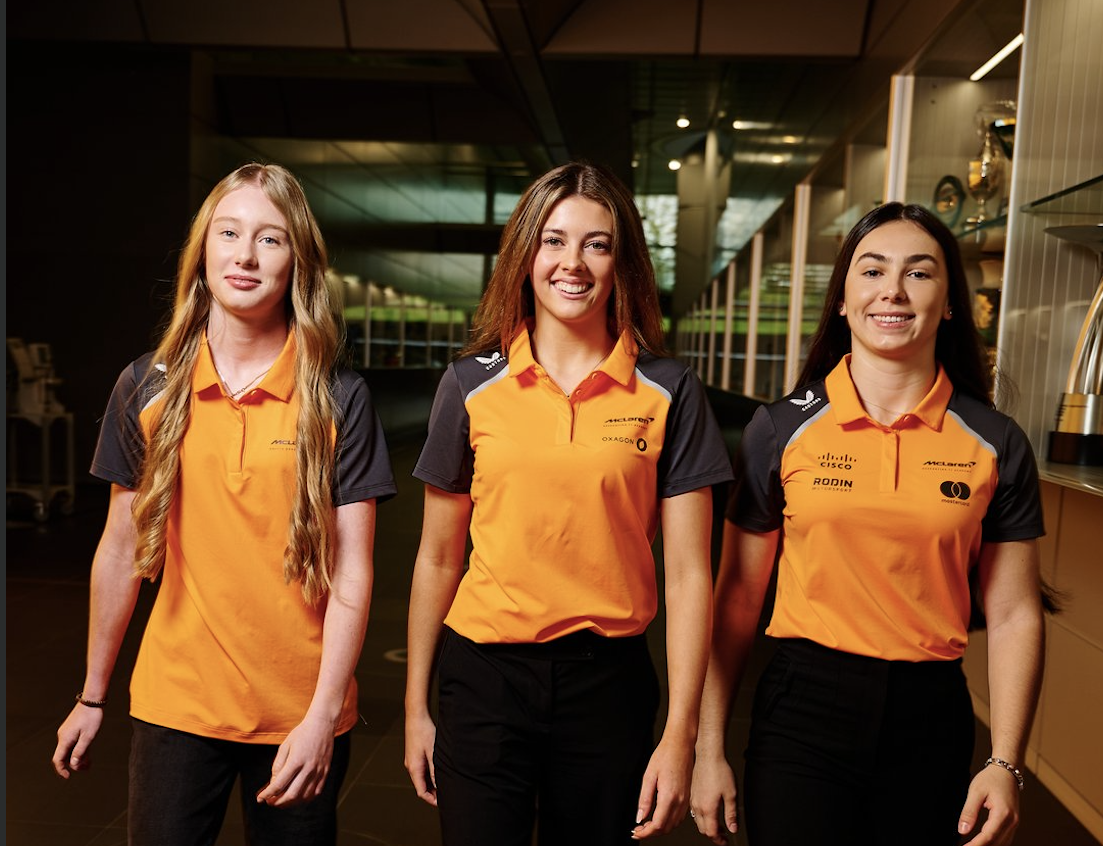Ahead of the Singapore GP, Williams driver Carlos Sainz discussed the use of the cooling vest during the race and how it could help with the heat. In the past, the drivers had to endure a physical toll caused by the heat and humidity. With the temperature being this high, the FIA declared a heat hazard for the Singapore GP, forcing teams to use a driver cooling system.
Why Singapore GP heat hits hardest
Carlos Sainz described the difficulty of coping with heat and humidity during events such as the Singapore GP. He noted that although the temperature may register around 29 degrees, the added humidity creates a much stronger sensation of heat both inside the car and outside it. This combination significantly increases the physical strain and often makes the use of cooling vests necessary.
By contrast, he explained that high temperatures on their own are less demanding. For instance, races in Hungary can be extremely hot, but the absence of heavy humidity means conditions remain more tolerable. Similarly, humidity by itself is not a major issue. However, when temperatures climb to around 28–30 degrees in combination with high humidity, the situation becomes comparable to Singapore, where the challenge intensifies considerably.
Inside the cockpit, limited airflow and the length of each stint further amplify the effect. Consequently, what might otherwise be considered a manageable hot day rapidly turns into a severe endurance test for the drivers.
“I think there’s a combination of heat plus humidity. I think it can be 29 degrees, but the humidity gets a real feel inside the car and out here to a much higher level of heat perception. So I think it’s those two values when you add them up together that triggers the possibility to run the vest.”
“You’re talking about the vest, yeah. So yeah, I think it’s fair to be honest. I think only hot is not too bad for us. We have that, for example, in Hungary, where it gets really hot but it’s not humid. Humid on its own is not too bad at all if it’s not too hot, but when it’s 28-30 degrees plus humid, that’s when it gets to Singapore level,s and it’s tough.”
Sainz trusts experience to beat Singapore GP heat
Sainz acknowledged that the cooling vest had improved, although it still had limitations. Initially, the system could function effectively for only about half an hour, but recent developments mean it can now last for roughly an hour. Nevertheless, with races such as Singapore running close to two hours, the technology remains imperfect.
Despite this, Sainz did not consider the extreme conditions at the Singapore GP to be a major concern. Having competed there numerous times, he expressed confidence in his ability to complete the race even if the system failed, remaining unfazed by the challenge. However, he also recognised the value of the vest, emphasising that when it operates properly, it reduces the strain on drivers and makes the race significantly less punishing.
“I think teams are managing to make it work better and better every time we run it. At the beginning, we had it to work more or less for half an hour, and I think hopefully now the whole system can work at least for an hour. It’s a two-hour race.”
“Again, I’ve done ten times Singapore. If it breaks or it doesn’t work, I’m not worried. I’ll do the race, and I’ll jump out fresh like I always do. But if it works better because then you suffer a bit less. So let’s see.”
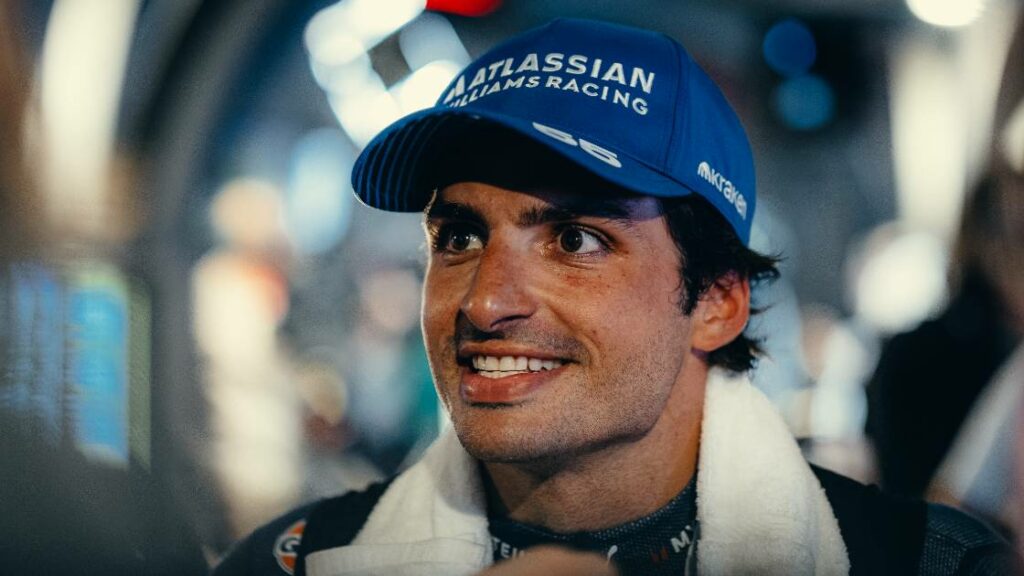
The process of testing and improving cooling systems
The real challenge lay in deciding when to use the cooling vest. If activated too early, it could already be ineffective by the time it was needed, as the system might have warmed up. Sainz pointed out that drivers relied on ice baths and other preparation methods before the start of the Singapore GP, meaning the vest provided the greatest benefit later in the race, once fatigue began to take hold. However, its reliability remained in doubt, leaving drivers uncertain whether to depend on it and inclined to test its effectiveness before committing to its use.
“I think the problem if you do that is that maybe when you switch it on it already doesn’t work because it’s got warmed up. I agree with you because we do the ice baths and we do everything so maybe you don’t need it so much at the beginning and you need it at the end but maybe at the end it doesn’t work. We will see. We will maybe test it and see what we do with it.”
Sainz emphasised that the cooling system was still very much a work in progress. He did not expect it to function flawlessly in its first year, viewing this instead as a natural stage in Formula 1’s development process. As he explained, engineers and suppliers continuously test, refine, and adapt their solutions, gradually improving performance over time. His comments highlighted the relentless cycle of innovation, problem-solving, and incremental progress that lies at the heart of the sport.
“But I wasn’t expecting the system to be working flat out perfectly this first year, and then, like always in F1, engineers and providers, they get working at it and they find solutions and they continue to work. This is how F1 works.”
From awkward clicks to comfort
Sainz acknowledged that the cooling vest was less comfortable than racing without it. The pipes and connectors made it awkward when getting in and out of the car, adding unnecessary hassle during preparation. Although this created some inconvenience, he explained that once the race was underway, the discomfort quickly faded. Over the course of a stint, he would barely notice he was wearing the vest at all. For Sainz, that was the crucial point: the system was discreet enough not to interfere with his focus, allowing him to concentrate fully on driving without being distracted by the extra layer.
“Not as comfortable as without them, but it gets to a point during the stint of the race where you don’t realise you are wearing it anymore. It’s good enough that you are not noticing it all the time.”
“You notice to jump in, to jump out, to do the click. It’s a mess. Not a mess, but it’s uncomfortable, but once you’re in the car focused, you don’t remember you’re wearing it anymore.”
First run with cooling vest in Jeddah felt almost useless for Sainz
Sainz admitted that his first experience with the cooling vest had not gone smoothly. During his initial test in Jeddah, the system only worked for a short period before losing effectiveness, leaving it almost useless after just 15–20 minutes of the race. Reflecting on the issue, he explained that he did not usually involve himself in the technical specifics of the vest, preferring instead to leave those details to the engineers and focus on his performance in the car.
“Jeddah, no? I did the first try in Jeddah and it worked not very long. That’s right, we were working on it. It was almost like not wearing it for maybe 15-20 minutes of the race.”
Sainz suggested that the problem likely stemmed from limitations in either fluid circulation or overall cooling capacity, although he admitted he did not know the exact technical details. At times, the system failed to deliver any noticeable benefit, offering no cooling effect whatsoever. In those situations, he explained, the vest simply matched the ambient temperature, rendering it ineffective during the race.
“The exact specifics, normally I worry more about the setup of the car than the vest. I leave the vest for other people. I think they’ve worked on it. I think it’s something around those lines. I don’t know the specifics as I said but something around that. Maybe. Or maybe just not cold. Maybe ambient temperature, which does nothing.”

